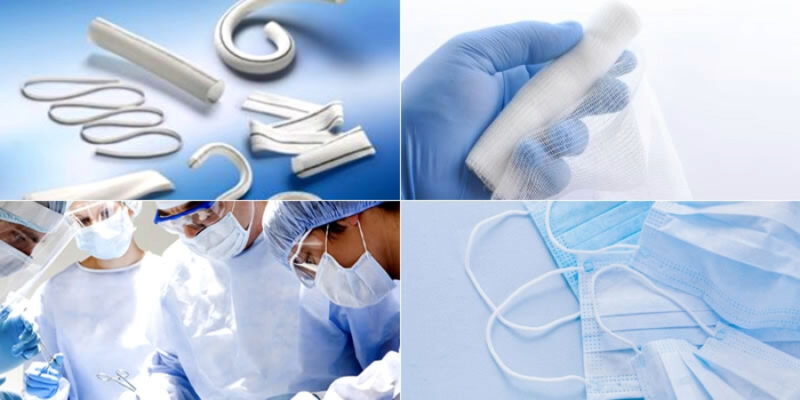High hygiene standards are a priority in a medical setting and always should be. The entirety of the premises must be clinically clean at all times, and all staff must adhere to strict, consistent hygiene practices. This means the use of medical fabrics within healthcare uniforms that are worn every day by staff, as well as the installation of medical mattresses and other fabrics that are used within a multitude of settings and applications within a hospital setting. This is a guide to go through why medical fabrics are a necessity
Hygiene and infection control is of top priority in any healthcare setting, where there is the risk of cross-contamination. Healthcare fabrics play a vital role in improving consistently high hygiene standards, with anti-microbial and moisture-wicking fabrics helping to create and maintain clean and sanitary conditions. Clinical efficiency and patient safety are important with mattresses, privacy curtains, surgical drapes and other medical fabrics. Fabrics need to be fluid-repellent as well as flame retardant to meet strict regulations for healthcare settings. There are many standards and regulations that must be met within healthcare settings, and medical fabrics must be manufactured, installed, and used within certain parameters and in different applications.
It is easy to see how hospital scrubs and other pieces of material in hospitals can cause the spread of infection, as a specific example. Ensuring that the healthcare uniforms and all fabrics used throughout the hospital are clean, hygienic, and are consistently so, is an important part of the process every single day. Hospital staff are moving from room to room throughout the hospital, visiting different patients, talking to the family members of patients, and dealing with other hospital staff along the way. It is easy to see how they can pick up bacteria and take this with them as they move throughout the hospital.
Using new gloves and aprons for each patient visit is imperative, as this helps to prevent the spread of infection, but the scrubs and uniforms pose a different type of challenge. The use of proper medical fabrics all-round is vital, from the uniforms being worn, to the materials used to manufacture medical mattresses, as well as curtains, cloths, and other fabrics used around the hospital. There are so many examples of both single-use and heavy-use medical fabrics that are used daily within a hospital, that it is important to make the right choice in supplier to maintain high levels of consistency and regulatory adherence.
Anti-slip fabric, and medical fabrics that are used within a medical setting have become a necessity across the healthcare sector. Medical fabrics help to ensure that high levels of hygiene are met on a consistent, daily basis, in a location and setting where there is heavy-footfall from staff and patients, as well as heavy-duty requirements where patients are being treated in clinical settings and recuperating in a hospital bed for both short and long-term needs. For any medical setting it is important to have access to the highest quality of medical fabrics, including anti-slip materials, hygienic healthcare uniforms, materials used in surgical settings, as well as medical mattresses.

Comments